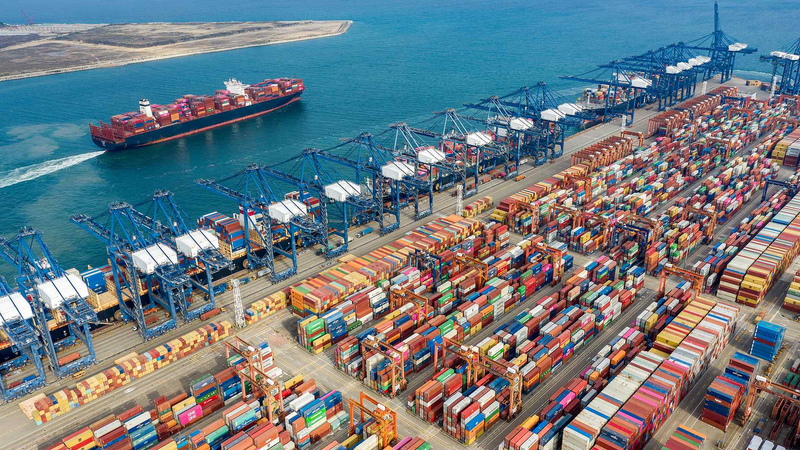In a bold move to energize market participation and encourage innovation, the Chinese mainland has revised its market access negative list, trimming it from 117 items in 2022 to 106 this year. This marks the fifth update since the list was introduced in 2018 and represents a 30% reduction in restricted sectors over five years.
What Changed?
The new list relaxes entry rules in key industries:
- Telecom Services: Streamlined permit requirements for private players.
- Manufacturing: Expanded eligible categories for foreign and domestic firms.
Why It Matters
Zhou Mi, a senior research fellow at the Chinese Academy of International Trade and Economic Cooperation, tells CGTN: “By cutting barriers, the Chinese mainland aims to attract more capital and catalyze competition, leading to better services and lower prices.”
In numbers, the 30% cut since 2018 signals a clear shift toward a more open economy. For entrepreneurs and startups, fewer restrictions mean faster market entry and more partnership opportunities.
Global Impact
Young global citizens and business leaders are watching closely. Greater access to one of the world’s largest consumer markets could spur cross-border collaborations, especially in tech innovation and sustainable manufacturing. Businesses and investors across G20 nations stand to benefit from smoother regulatory pathways.
Looking Ahead
As the Chinese mainland continues to tweak its negative list, the trajectory points to deeper market liberalization and increased synergy between domestic and overseas enterprises. For digital nomads and travelers, this could translate into new local partnerships and immersive experiences in emerging tech hubs.
Reference(s):
China trims market access negative list to spur business growth
cgtn.com




